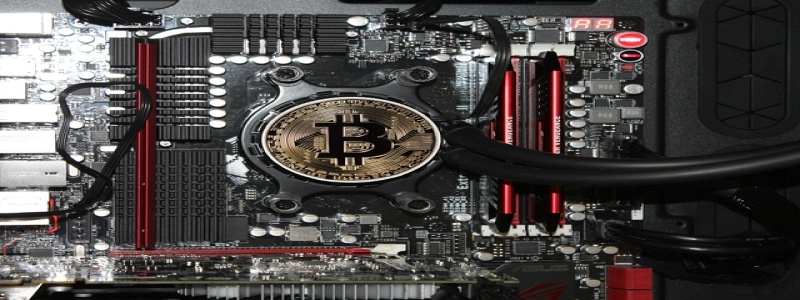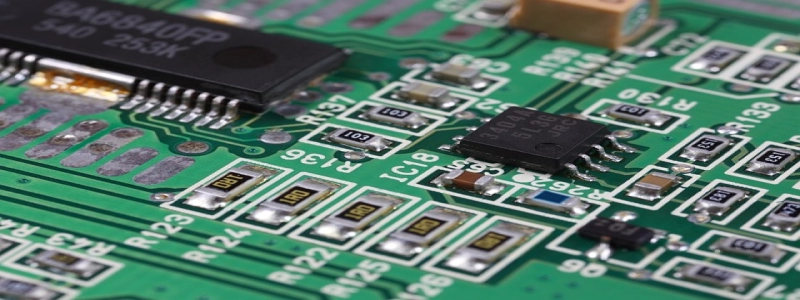SFP28 vs SFP+: Which one is Better for Your Networking Needs?
Introduction:
In the world of networking, there are various transceiver modules available in the market. Two commonly used options are SFP28 and SFP+. But what exactly are they, and which one should you choose for your networking needs? In this article, we will compare SFP28 and SFP+ based on different factors to help you make an informed decision.
I. Understanding SFP28 and SFP+:
1. SFP28:
– SFP28 stands for Small Form-Factor Pluggable 28 and is designed to support data rates up to 28Gbps.
– It uses the same form factor as SFP+ but offers improved performance and bandwidth for high-speed networking applications.
– SFP28 modules are often used in data centers, cloud computing, and storage area networks (SANs).
2. SFP+:
– SFP+ stands for Small Form-Factor Pluggable Plus and supports data rates up to 10Gbps.
– It is widely used in various networking applications, including Ethernet, Fiber Channel, and InfiniBand.
– SFP+ modules are known for their versatility and compatibility with a wide range of networking equipment.
II. Performance Comparison:
1. Data Rate:
– SFP+ supports a maximum data rate of 10Gbps, while SFP28 offers a higher maximum data rate of 28Gbps.
– If your network requires high-speed data transmission, SFP28 would be a better choice.
2. Transmission Distance:
– Both SFP28 and SFP+ modules can support short-range, intermediate-range, and long-range transmission distances.
– However, SFP28 modules generally have better signal integrity and can support longer transmission distances compared to SFP+.
III. Compatibility:
1. Physical Compatibility:
– SFP28 modules use the same form factor as SFP+, allowing for easy interchanging and compatibility between the two.
– This makes it convenient for network administrators to upgrade from SFP+ to SFP28 without changing the existing infrastructure.
2. Protocol Compatibility:
– SFP+ modules are compatible with a wide range of protocols, including Ethernet, Fiber Channel, and InfiniBand.
– SFP28 modules, on the other hand, are primarily designed for Ethernet applications and may not support other protocols.
IV. Cost Considerations:
1. Module Cost:
– SFP28 modules tend to be more expensive compared to SFP+ modules due to their higher data rate and improved performance.
– If cost is a significant factor, and your network doesn’t require speeds higher than 10Gbps, SFP+ may be a more cost-effective solution.
2. Networking Equipment Cost:
– Upgrading your networking equipment to support SFP28 might require additional expenses, such as switches and routers compatible with SFP28.
– Consider the overall cost implications before deciding to switch from SFP+ to SFP28.
Conclusion:
In conclusion, both SFP28 and SFP+ offer their advantages and are suitable for different networking needs. If you require higher data rates and longer transmission distances, SFP28 would be the better choice. However, if cost is a significant concern and your network operates at speeds below 10Gbps, SFP+ would be a more cost-effective solution. Carefully evaluate your networking requirements and consider the compatibility and cost implications before making a decision.








